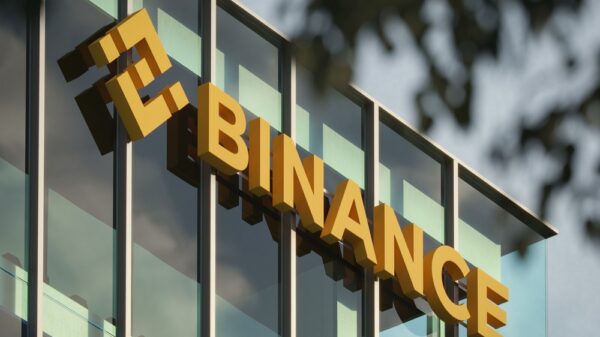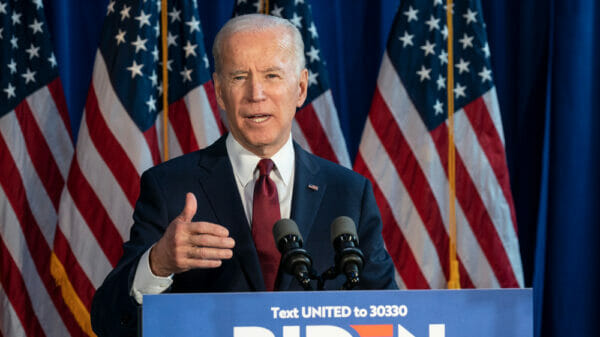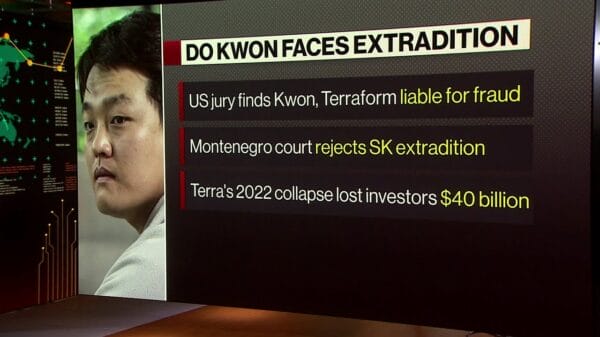Many families will start getting payments from July onwards.
Introduced as part of the American Rescue Plan signed into law by President Joe Biden, American families are set to receive an extended Child Tax Credit (CTC) beginning on July 15. What this means is that approximately 36 million American families will commence receiving monthly payments from the IRS, which could go up to $1,800 per payment. In essence, the expanded CTC raises the annual benefits a family receives for their children from $2,000 to $3,600. But not all families qualify for this new scheme.
The current version of the CTC offers a $3,600 credit for each child in a family below the age of 6, and a $3,000 credit for children aged between 6 and 17, phasing out completely once the child turns 17. This results in monthly payments of $300 per child under 6 and $250 per child between 6 and 17. Similar to the stimulus checks distributed in 2020, the extended credit is limited to parents falling within specific annual income brackets. The breakdown is as follows:
- $75,000 or less for single parents
- $112,500 or less for heads of household
- $150,000 or less for married couples filing jointly
If your family’s income exceeds those thresholds, you can still receive tax credits, however, they will decrease gradually until you become ineligible entirely with single incomes surpassing $95,000 and joint incomes above $170,000. Your eligibility will be based on your most recent tax return. It is important to ensure your 2020 taxes are accurately filed, as any discrepancies may cause issues. If your information is outdated and you receive tax credit funds you are not entitled to, you will be obligated to return the excess when filing taxes the following year.
The Child Tax Credit ensures support directly into the bank accounts of families in need. Nearly all working families will automatically receive monthly payments starting July 15th – no action required. Visit https://t.co/P2RRSAlEgx for more details. pic.twitter.com/U1eSsBi18p
— President Biden (@POTUS) June 21, 2021
If you are uncertain about your eligibility, you can use the IRS’ new CTC portal to verify your status. Should your information be outdated and you are no longer eligible, be sure to opt out of payments to avoid the need to repay next year.













































